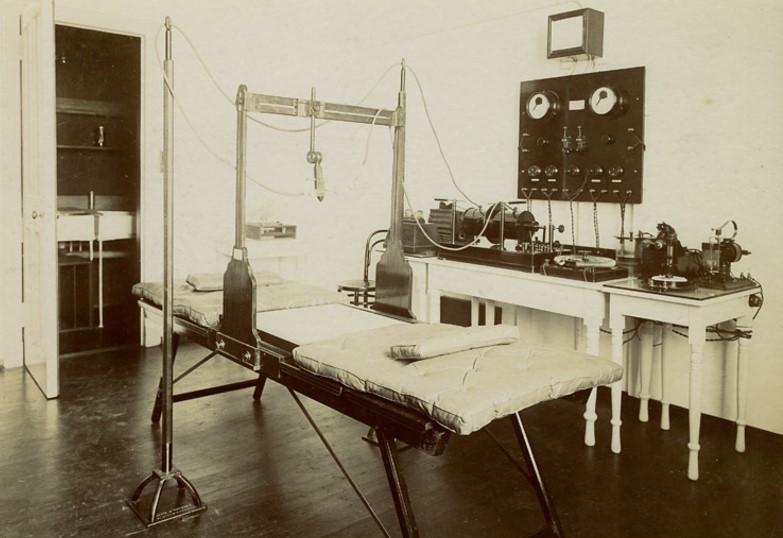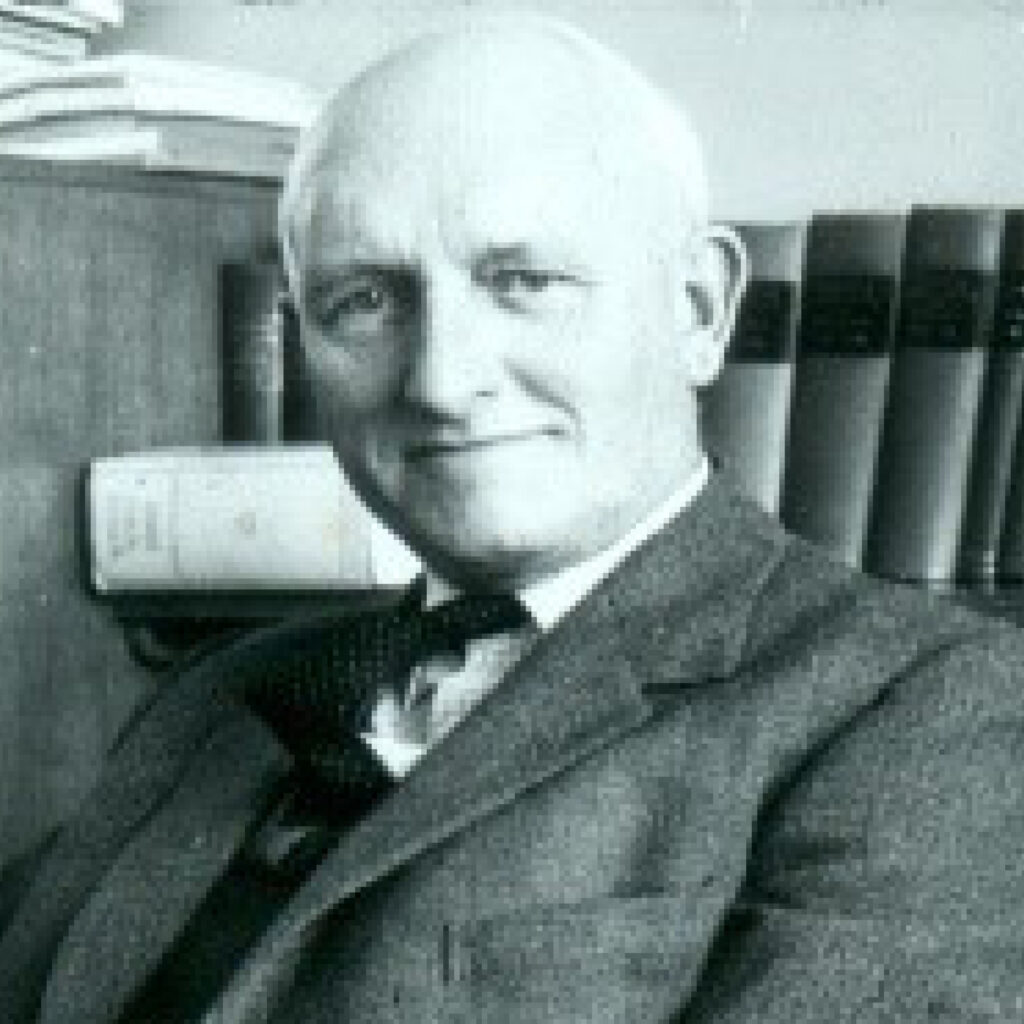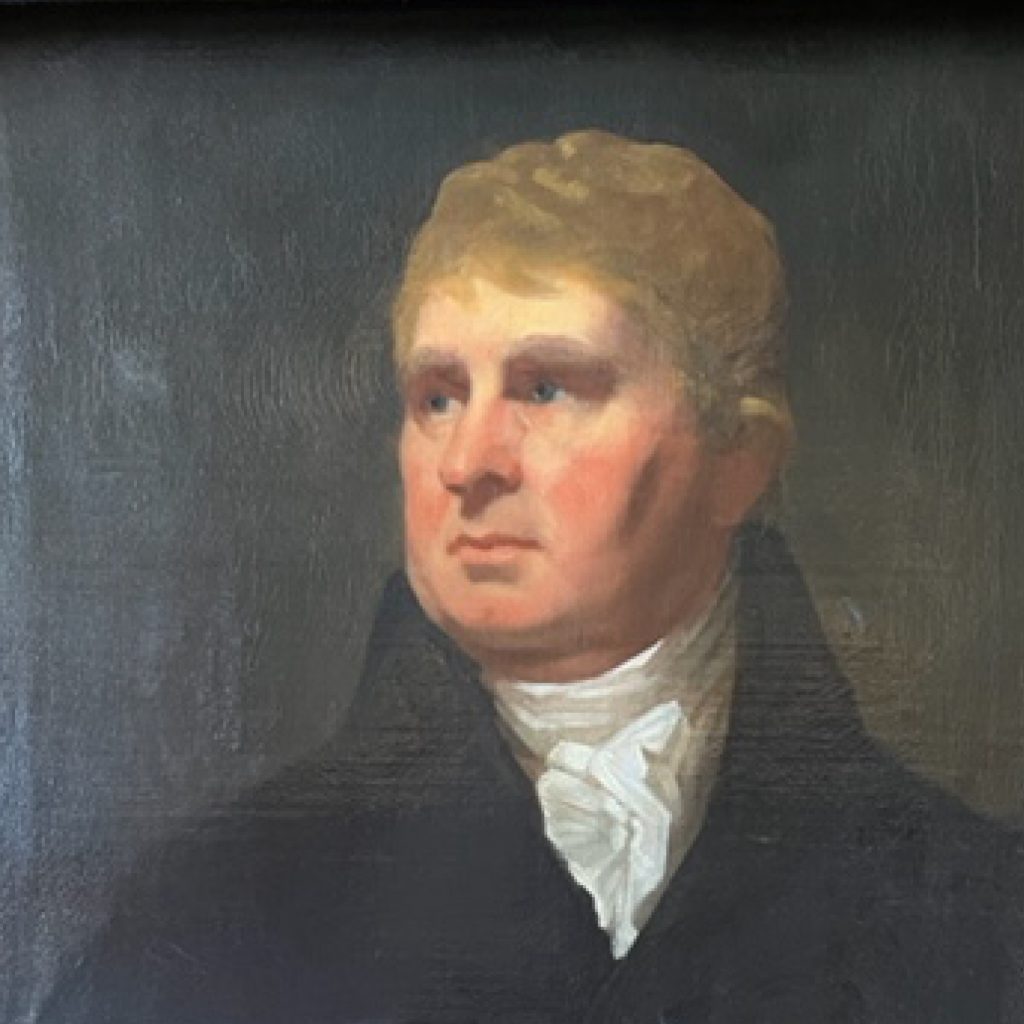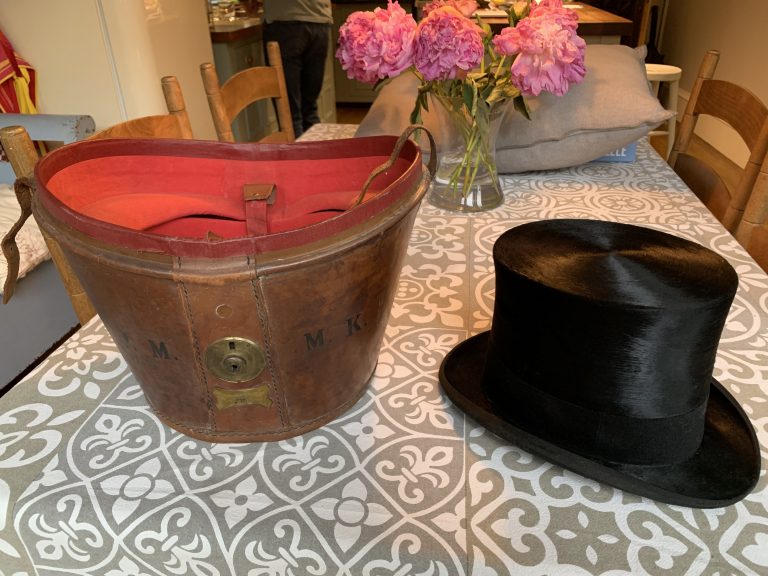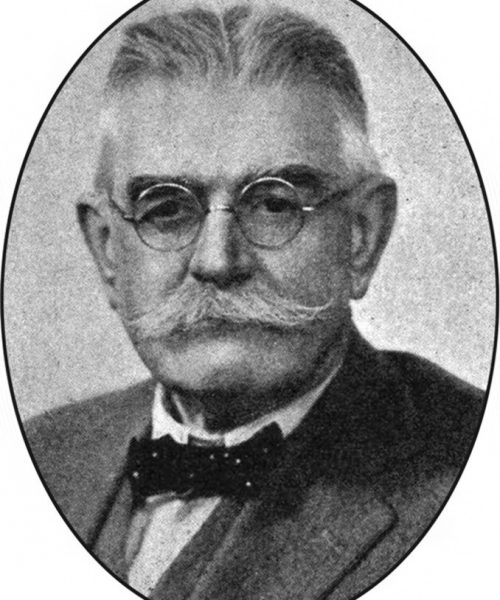Sponsor a bee today!

Bees at Glasgow Royal Infirmary
The use of honey for medicinal purposes has been around for over 5000 years with its origins in ancient Greece Rome and Egypt. We celebrate the honey bee in our logo to recognise the importance of this wonderful insect in sustaining life on our planet.
With the help and support of the Glasgow and District Beekeeping Association we now have 4 bee hives at Glasgow Royal Infirmary. 2 of our hives are looked after by beekeepers Scott Craig and Mike Duncan both members of the Glasgow and District Beekeepers Association.
The other 2 hives are looked after by Dean Parker of Cellantano’s based at Cathedral House Hotel. Hilary Wilson and Kate Stevens are the latest bee keepers supervised by Mike Duncan.
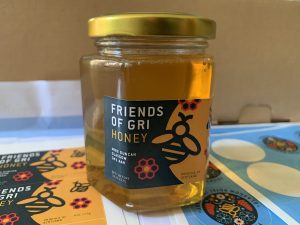
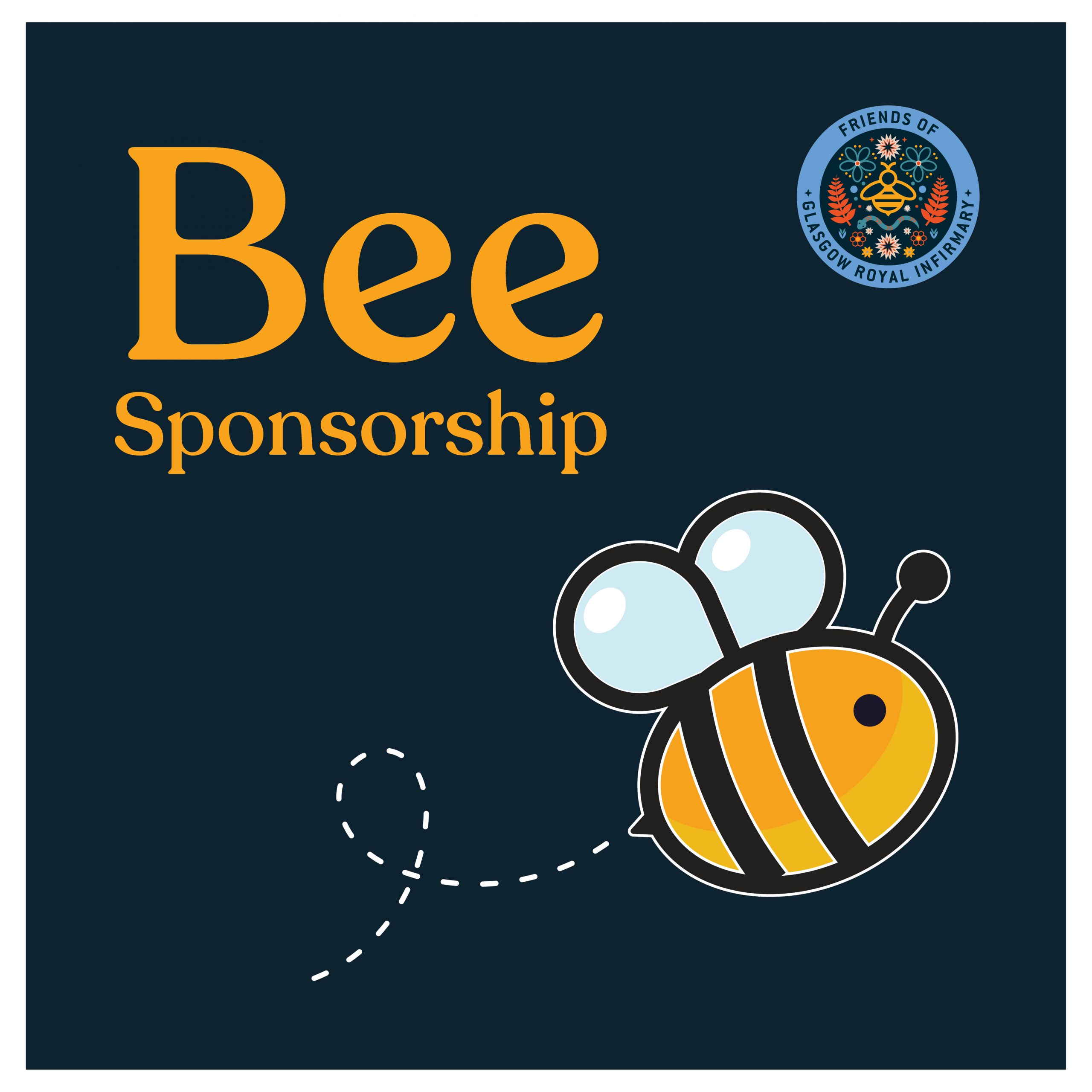
Over the last 2 years the bees have produced Friends of Glasgow Royal Honey goes on sale in the museum every December. It often sells out quickly so make sure you get yours early.
You can help support our bees with our bee sponsorship programme. For £20 you receive a Bee sponsorship certificate (and name your bee), a pin badge and a A5 print of Glasgow Royal From the Necropolis or the bee garden and hives by Renzo Mazzolini.
Meet the team
Mike Duncan
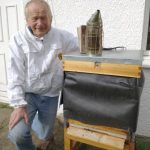
I am member of the Glasgow and District Beekeepers’ Association and have been keeping bees for 4years. My hives are located in the south side of Glasgow, close to Pollok Park. Even in an urban setting there is lots of forage for the bees, from Snowdrops and Crocus in the spring to tree blossom such as Sycamore, Chestnut and Lime, then in the Autumn there is Himalayan balsam, Ivy and Rosebay Willow herb.
My other interests are gardening , I have an allotment in Pollok Park, golfing and cycling. I am pleased to be involved with the Friends of GRI and to be placing a hive in the hospital grounds. Living in the south side, I will be close enough to cycle to the hospital for the weekly hive inspections. So if you see a ‘strange’ cyclist towing a bee hive, be sure to stop me and say hello.
Scott Craig
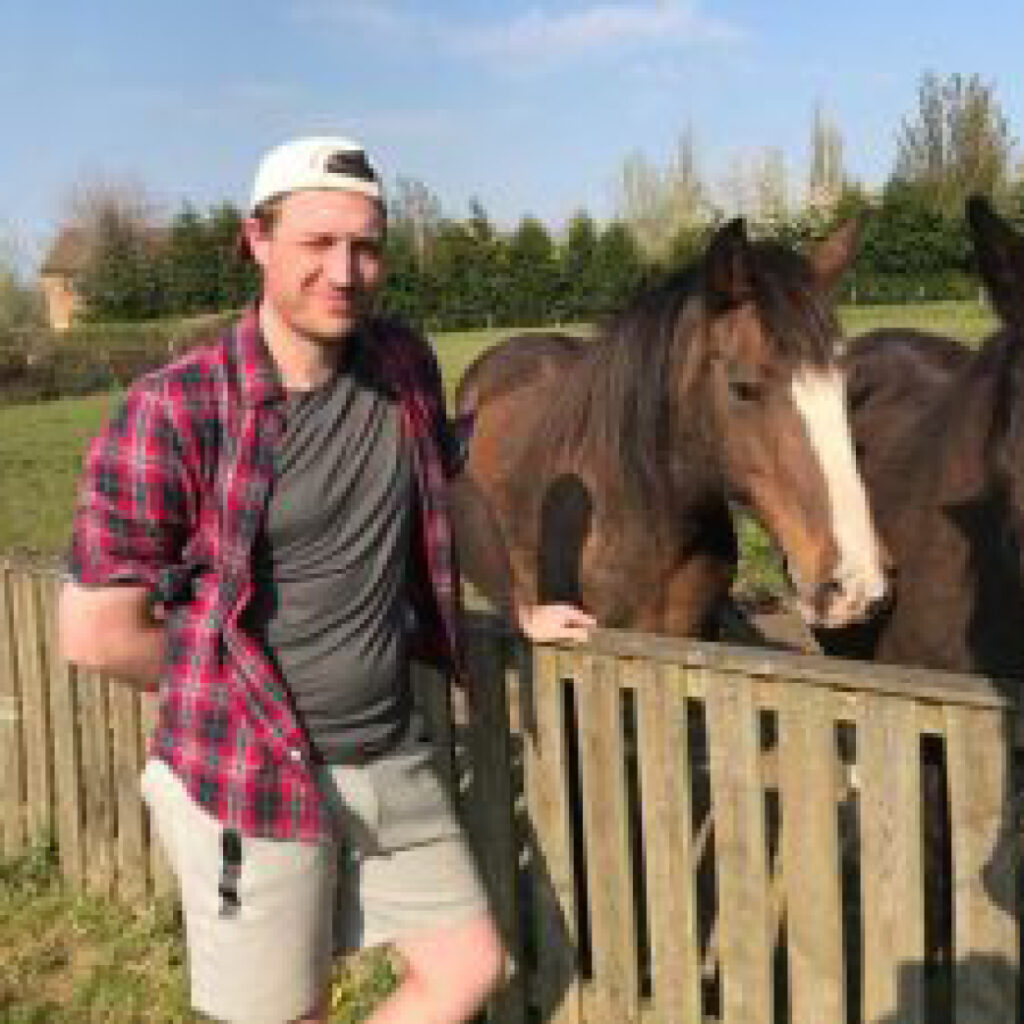
I’m a retired trapeze artist now studying Biomedical Science and planning to study Medicine afterwards. I manage the bees at the Bardykes Farm Nursery School in Blantyre and I’m also on the committee of the Glasgow and Districts Beekeepers Association. I was a patient at the GRI many years ago as a child so it’s great to be able to give back to such an important place with an incredible history that I may even end up working in one day!
Dean Parker

I was born in South Africa, where my love for food started. I then moved to and worked in London as a chef for 18 years where I fell in with a Glaswegian. My wife, Anna, and I opened Celentano’s in 2021, a restaurant between central and east Glasgow looking over The Necropolis. I previously had some beehives on a roof I used to work at where my interest in bees started. I am fascinated of how intelligent they are, how they communicate with the whole hive and how they are one of the only community driven insects. I appreciate how important they are to the eco system and I’m very grateful to be part of such a unique, community driven project.
Kate Stevens & Hilary Wilson
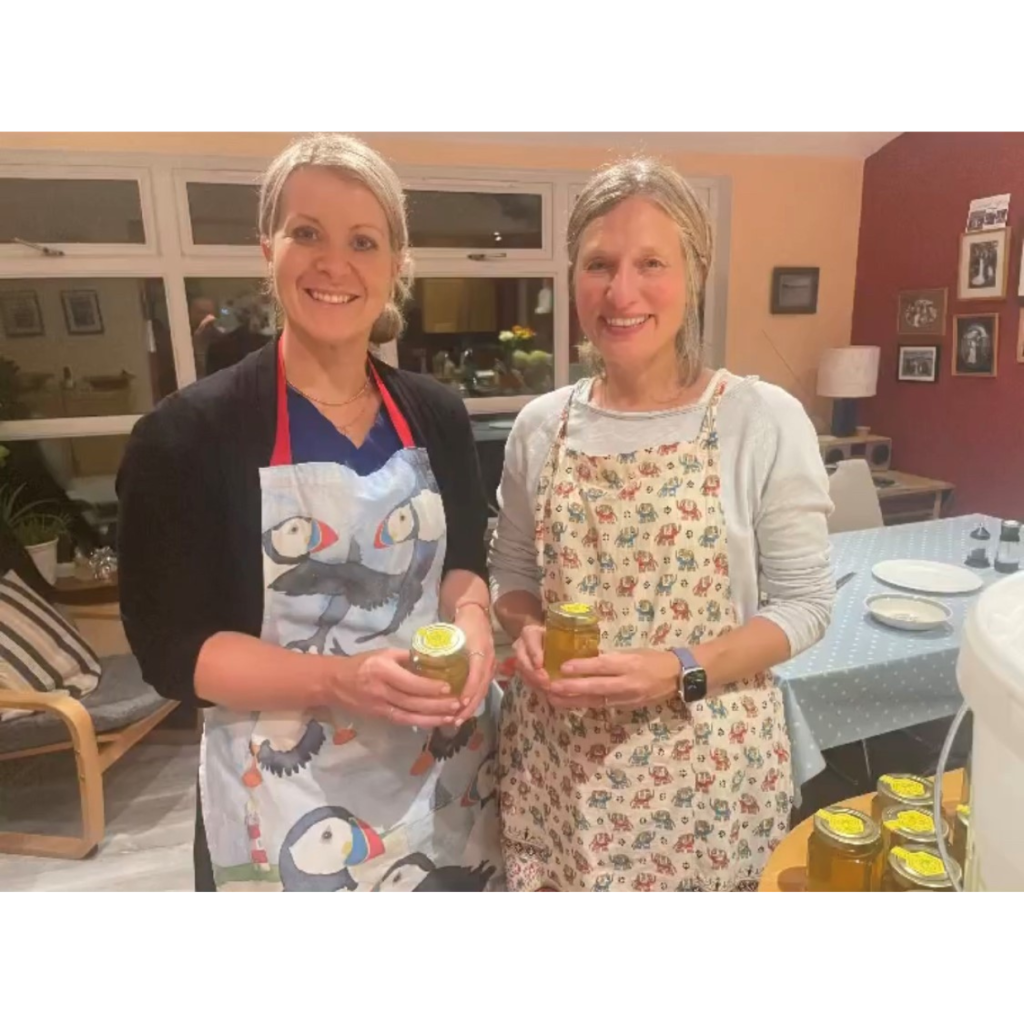
We are both doctors at Glasgow Royal Infirmary and we are the latest members of the beekeeping community. With the helpful instruction from Mike Duncan who also has a hive at the Royal, we now have responsibility for the fourth hive.
We are relatively new to beekeeping and recently completed the introductory course at the Ayr and District Beekeeping Association.
Our Gardens
Centre Block Garden
Our first project was the Centre Block Garden. This was full of weeds so we replanted it with bulbs, flowers and a small apple tree. We decorate the tree with Easter eggs in the spring and fairy lights in the winter. It provides a nice entrance for visitors and staff.
Bee Garden
To help nourish our bees we developed a garden beside the bee hives. We received a donation of £1.5k from the Robertson Trust via Edringtons sustainability department led by Emma Wylie to buy plants and containers for the bee garden. Emma and a team of volunteers from Edringtons helped us plant bee friendly flowers in September 2021 including spring bulbs that helped the bees throughout the seasons. We also worked with Caulders garden centre, especially Lorna from the Mearnskirk branch, who gave us advice about the most appropriate plants. The Glasgow Wood recycling centre on South Street supplied our planters. We were also grateful to the Botanic Gardens for supplying some daffodil bulbs.
Rebecca Strong Alley
Named after our first matron, this area was previously the site of the Chicken Run – a colonnade that led from the nurses home to the hospital. The flower bed had become overgrow with weeds and sycamore seedlings. With the help of the team from Edringtons and Bob Stevens, the bed was cleared and then planted by the gardening team at GRI led by Mark Smith from the gastroenterology department and Patricia Myers. The area is now a perfect place for staff and patients to relax and enjoy a coffee or have a picnic.
Museum Gardens
On either side of the steps to the museum there are 2 green areas are currently being developed into a medicinal garden and wild flower meadow. This project has been supported by a grant from the Robertson Trust. Lisa Swift from the Hidden gardens at the Tramway theatre helped us design the garden and planting took place with the help of volunteers from Edrington on Monday 11th September 2023. We also had assistance from Glasgow City Council who delivered soil to the site and helped us water the plants during the recent heatwave and the team from Mitie gardening group. We have been able to buy plants with the proceeds of the donations from the West End Garden Centre and Homegrown garden centre in Gartcosh. We have also had help with the design and selection of medicinal plants from Summer Fulbright who has recently completed her placement from Glasgow University Museums studies course. Other plant contributions have been gratefully received from Caulders and Loch Fyne Garden Centre. Watch this space as the wild flowers, medicinal plants and bulbs start to grow next spring.

